Newsies: Portraits of the working children who spread the news, 1908-1924
 •
by
•
by Clark.Kent
With the rise of the daily newspapers in the 1880s, more than half of all newspapers in the United States were sold by newsboys (and a few newsgirls). Newspapers that previously had appeared only in morning editions began to be offered in afternoon editions, too. The newsboys were sustained by this expanding market.
Newsies were a group of street children who would purchase a set number of papers each morning from the different publishing companies. This number would have to be sold for each newspaper boy to make a profit.
Each daily edition of the paper could only be sold that day because the news was constantly changing. Any paper that was left unsold would be wasting money because the newsies did not get reimbursed for unsold papers.
Laying claim to street corners, theater lobbies, saloons, train stations, and other venues with heavy foot traffic, “newsies” became a part of the urban scene, calling out headlines and hustling for tips. Children moved into this form of part-time work in place of their previous full-time jobs, as selling newspapers allowed flexible working hours.
The newsies who were financially better-off were often dressed in thin fabric, light jackets, and hats because it was the only thing they could afford with pennies. There were some who were dressed in dirty rags with no shoes or coats and walked the streets of New York City in the wintertime.
Not every newspaper had a good headline so the newsies use other tactics such as faking a limp to get people to pity them. Newsies would often exaggerate the truth or “shout out false headlines and shortchanging customers.” These headlines could be about arson, strikes, or political corruption; anything to get buyers to pity them in exchange for money.

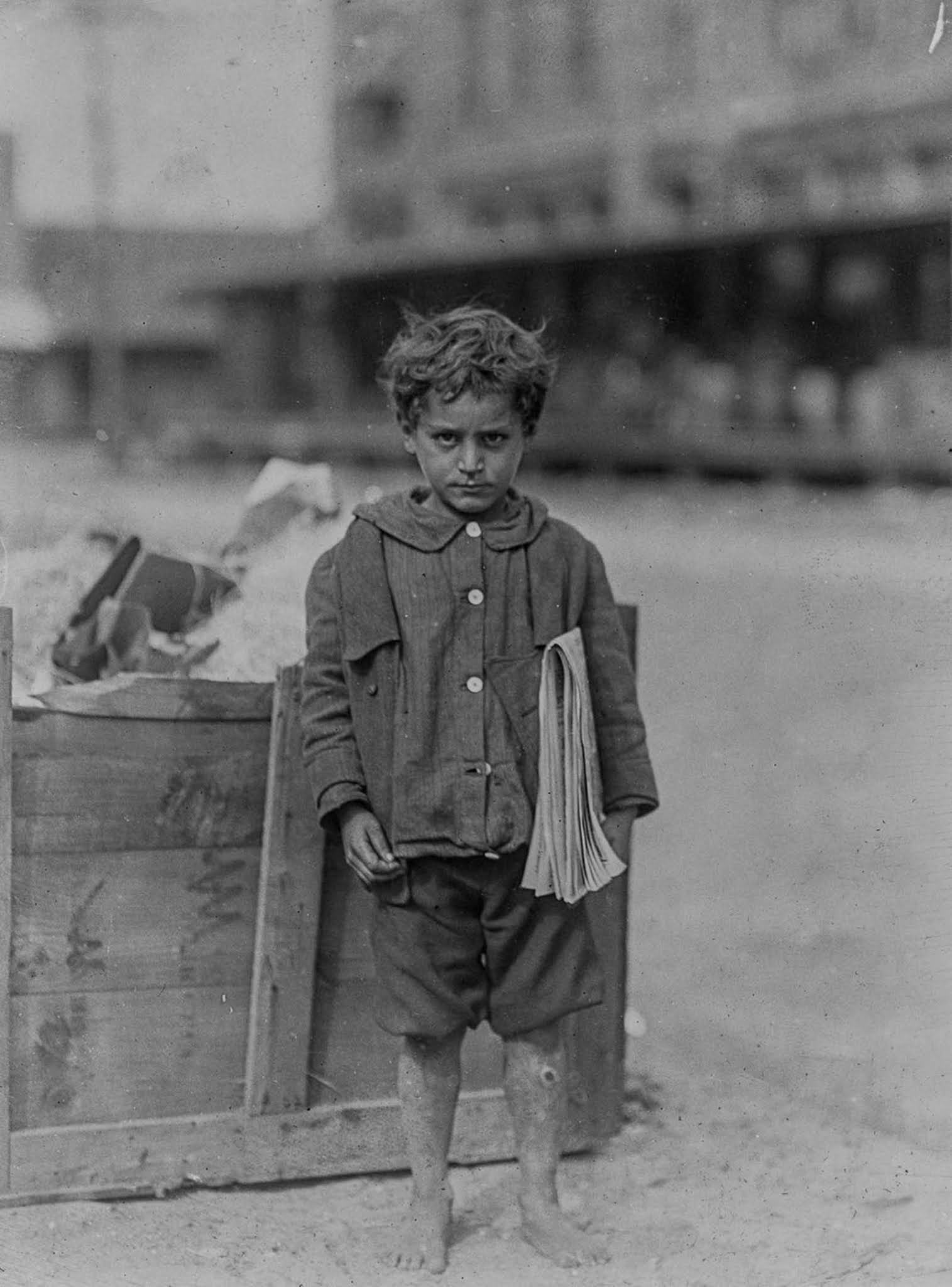

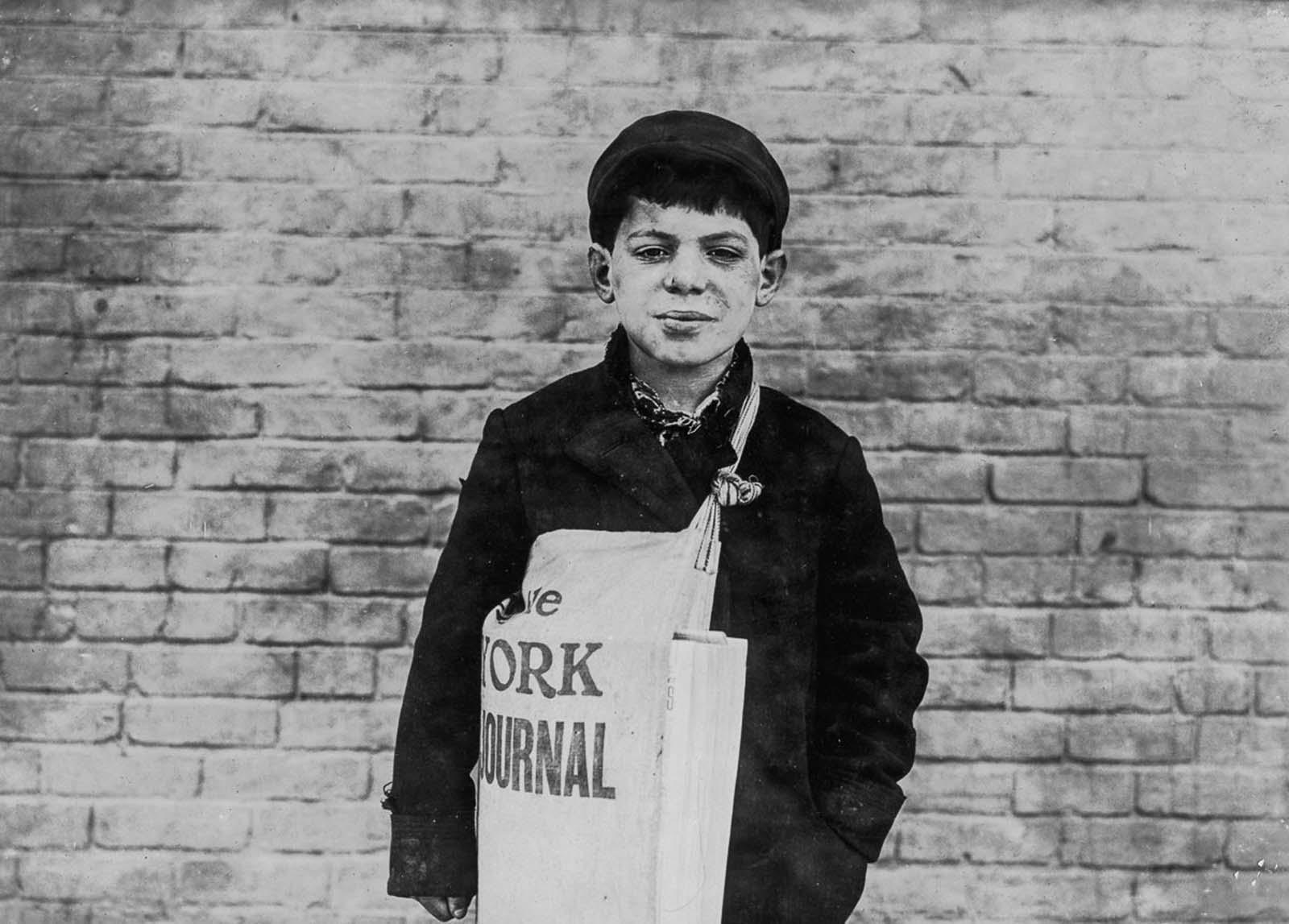
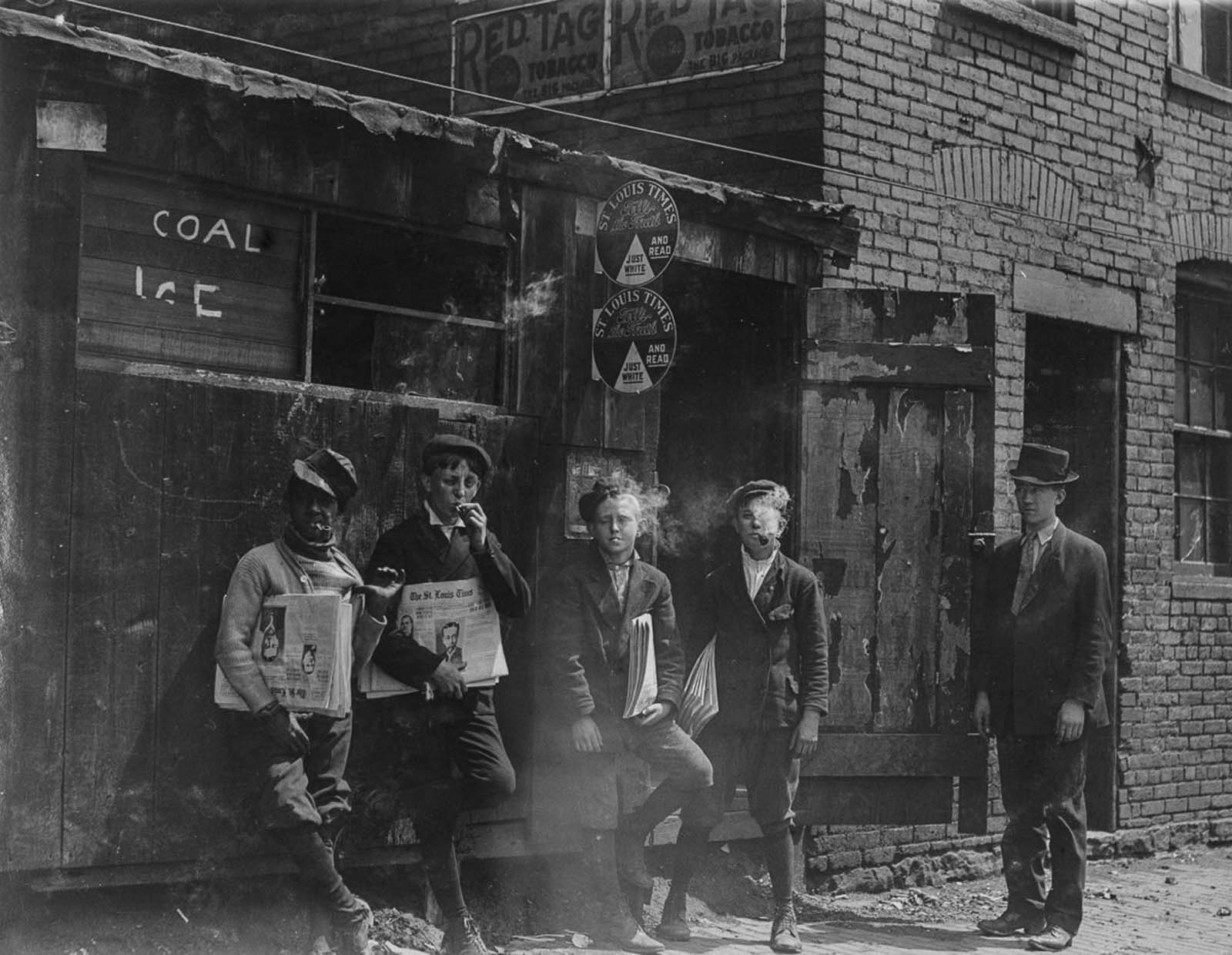


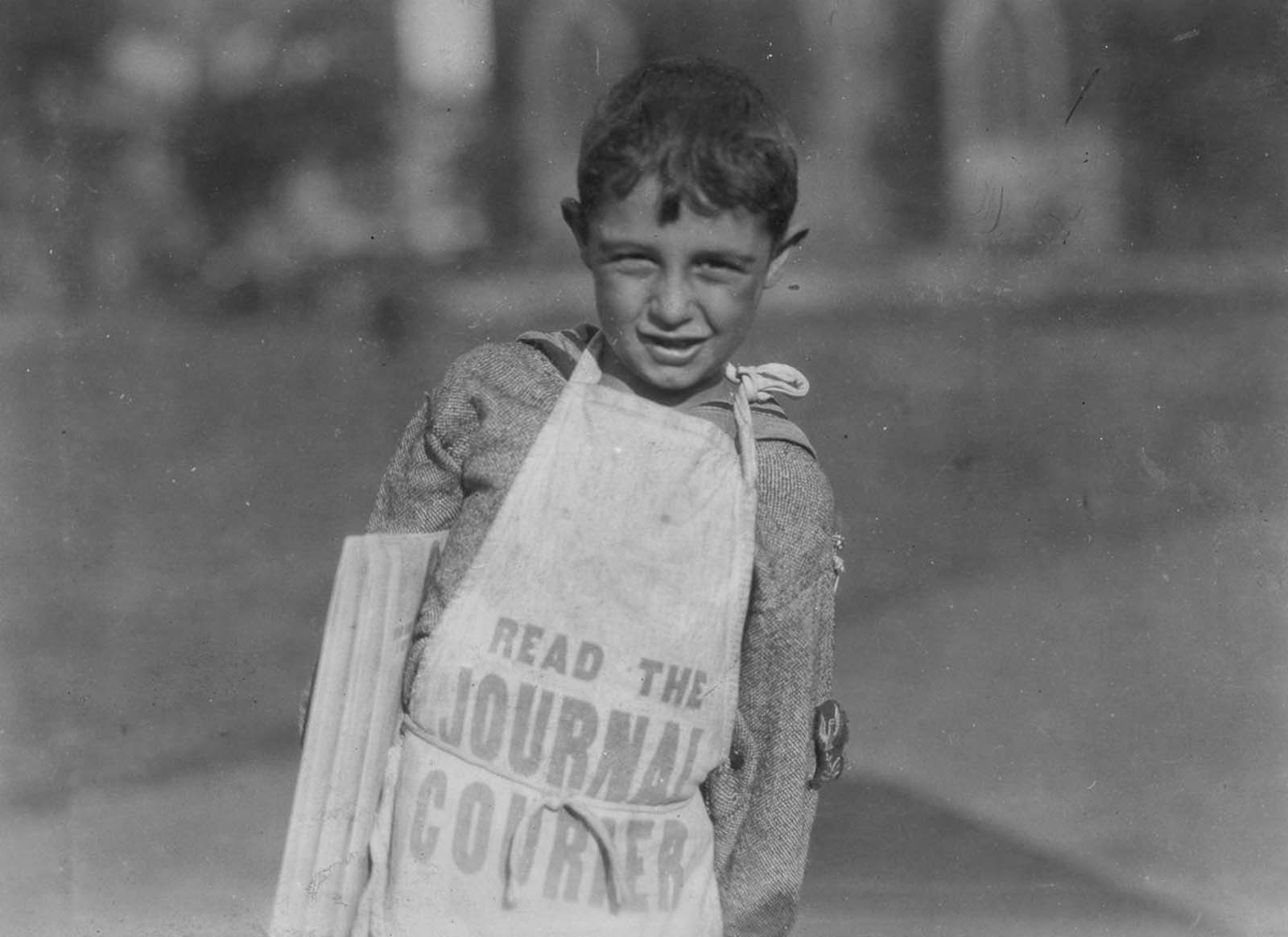

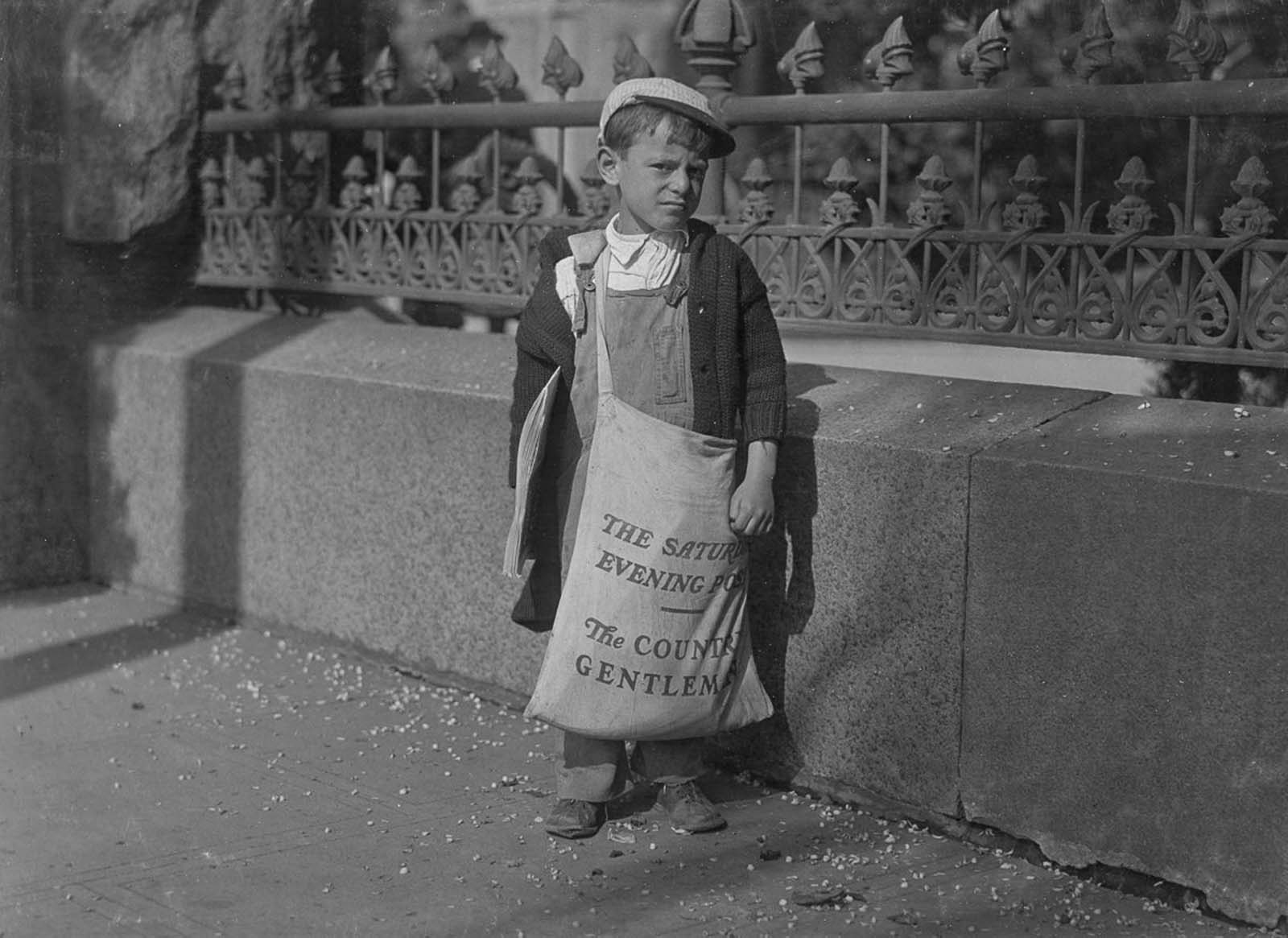
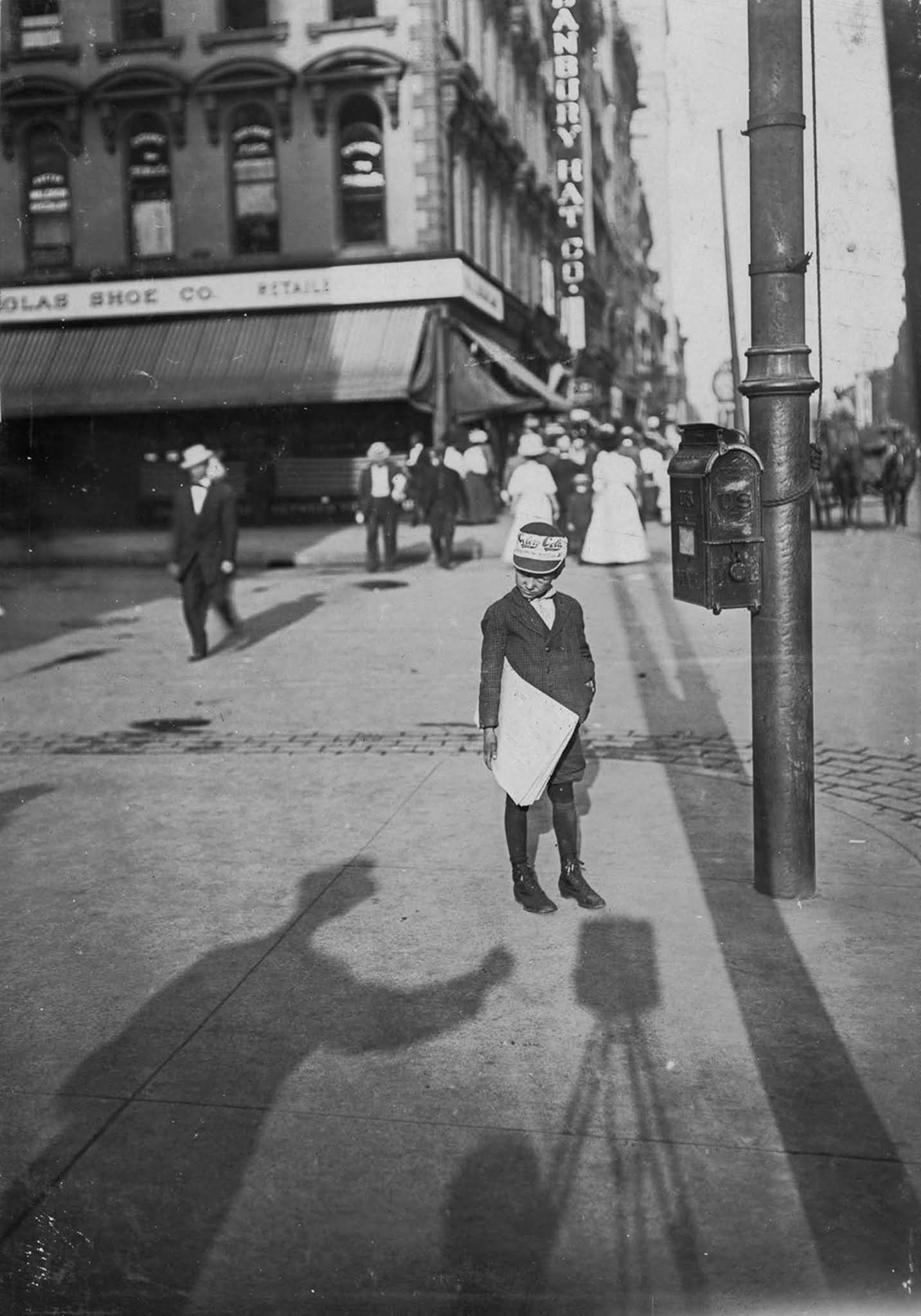

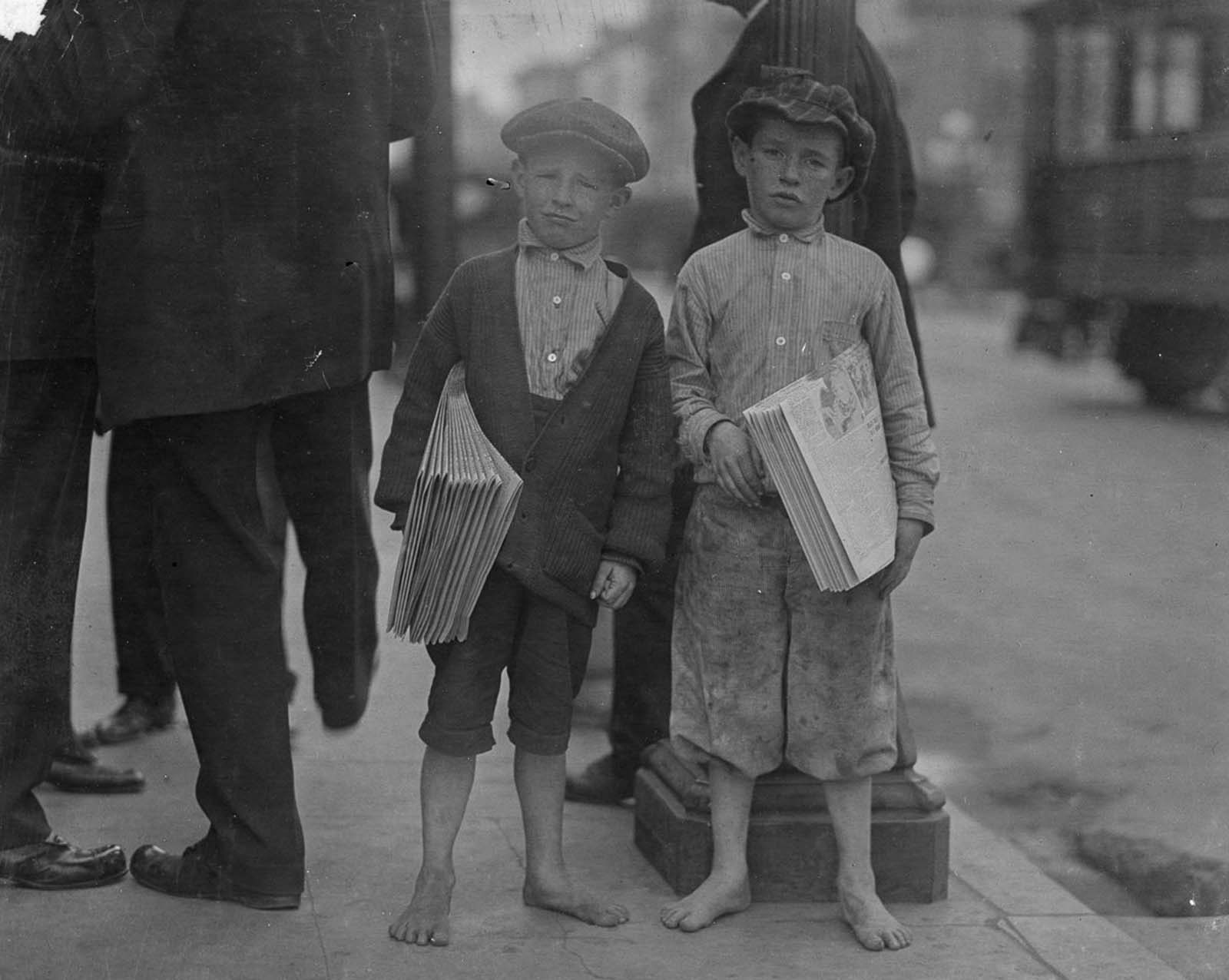
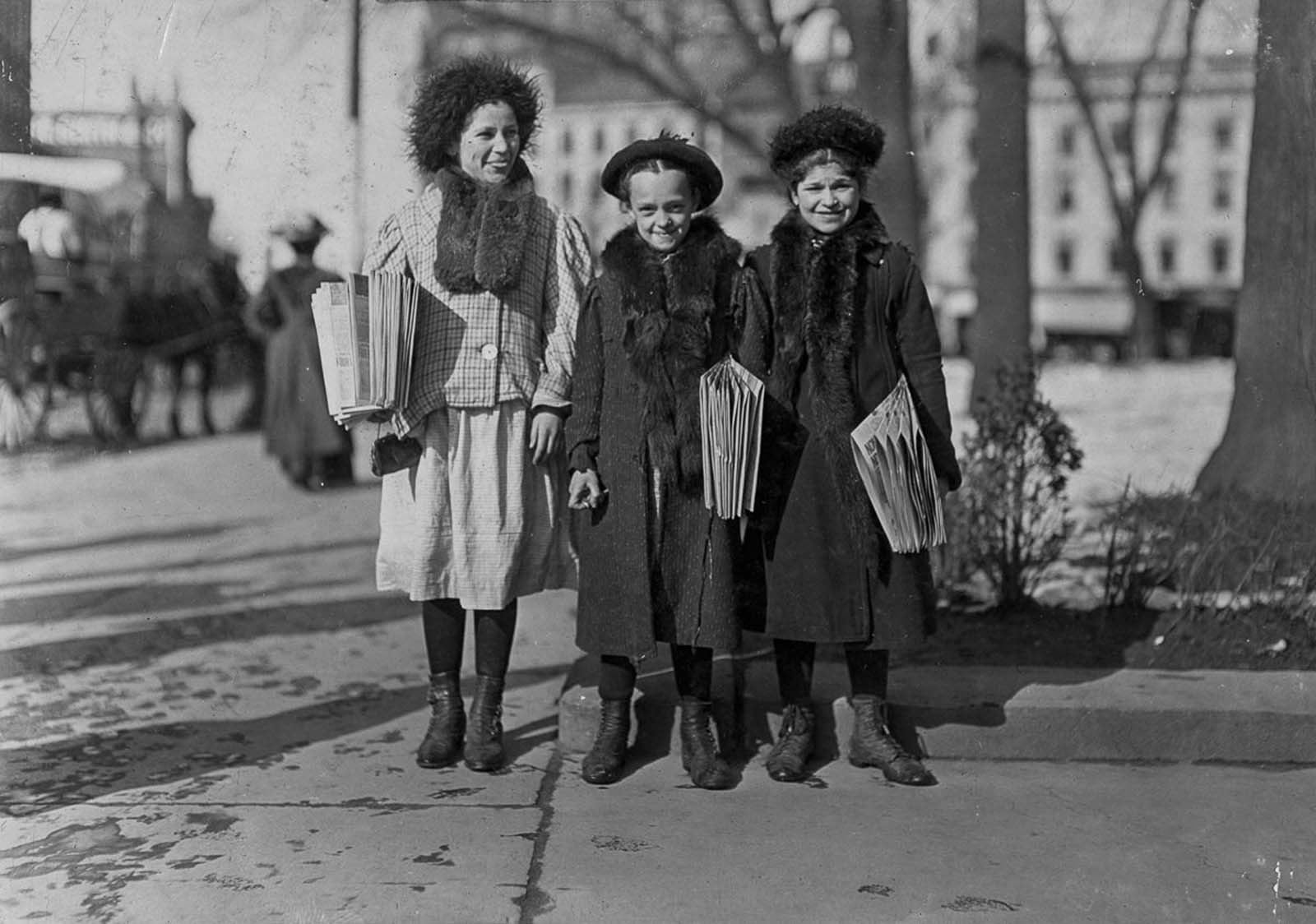

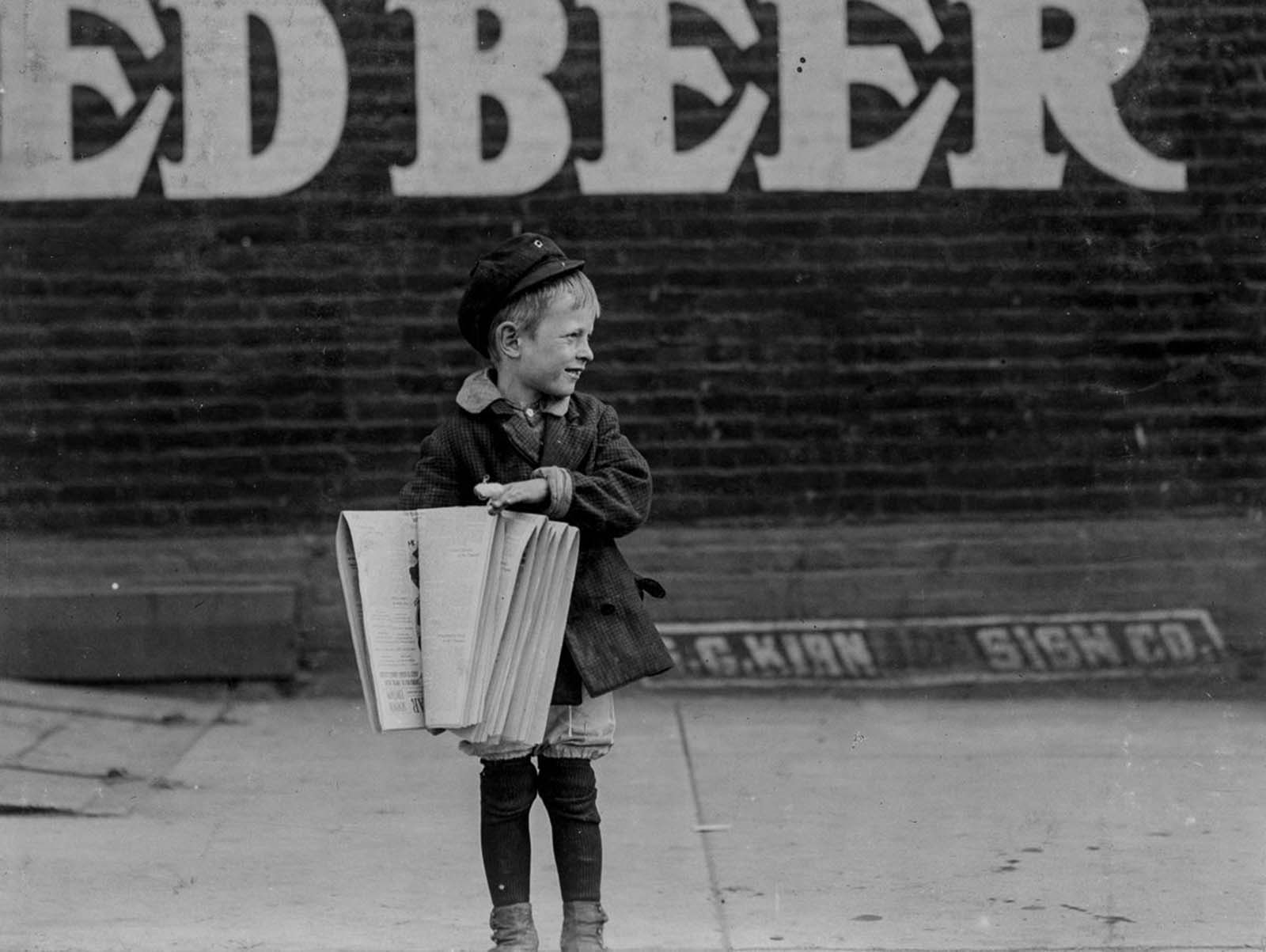
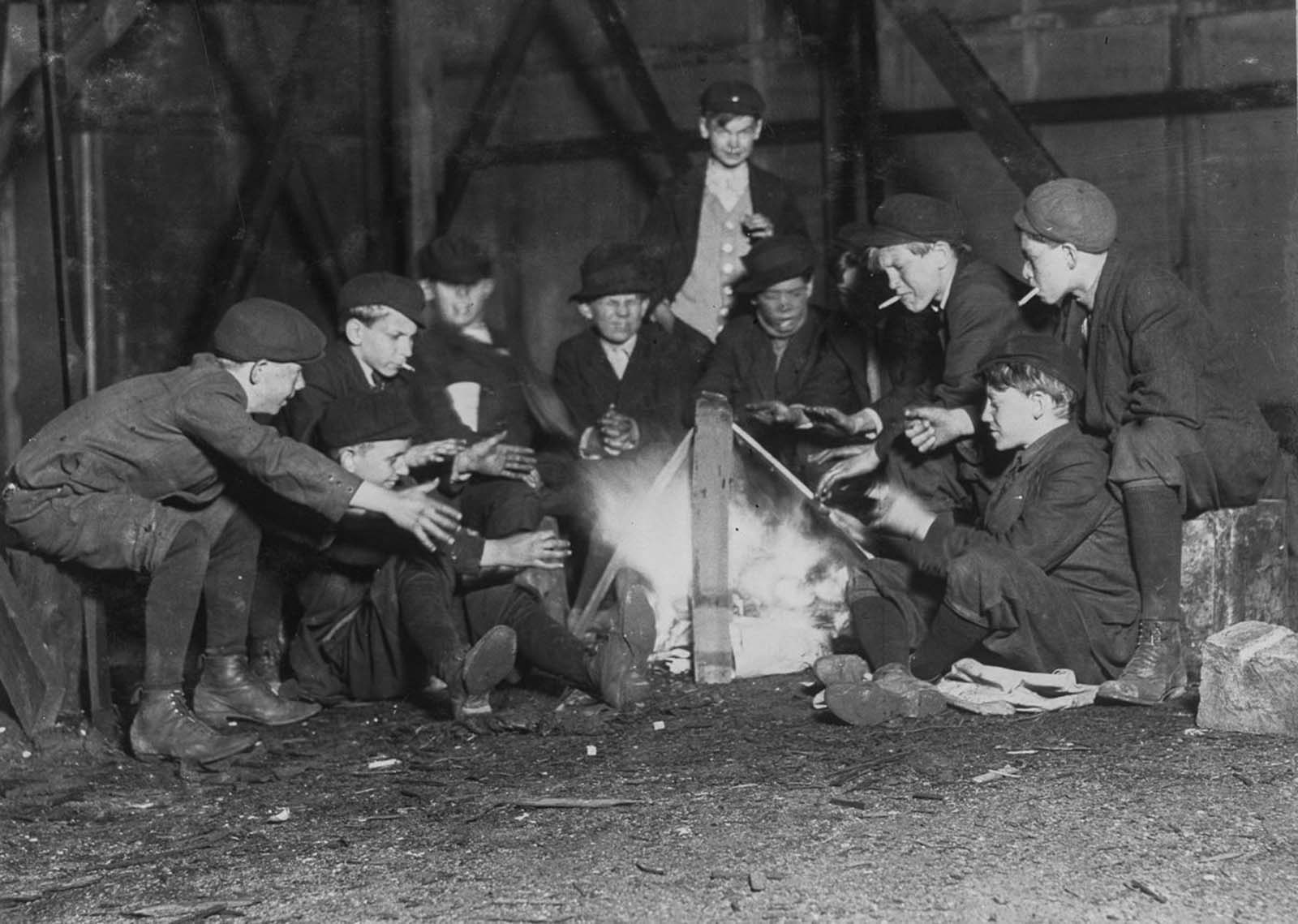

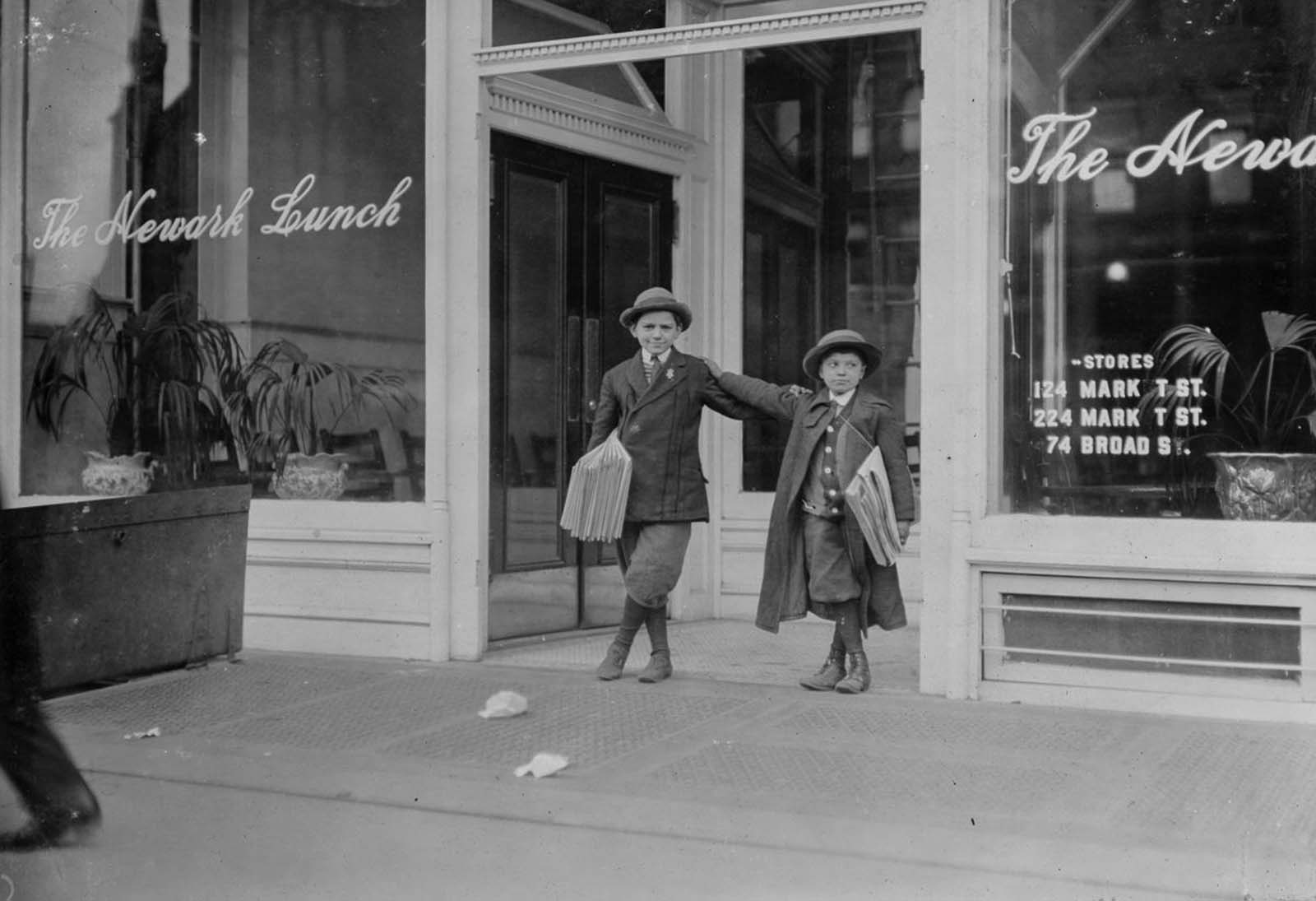
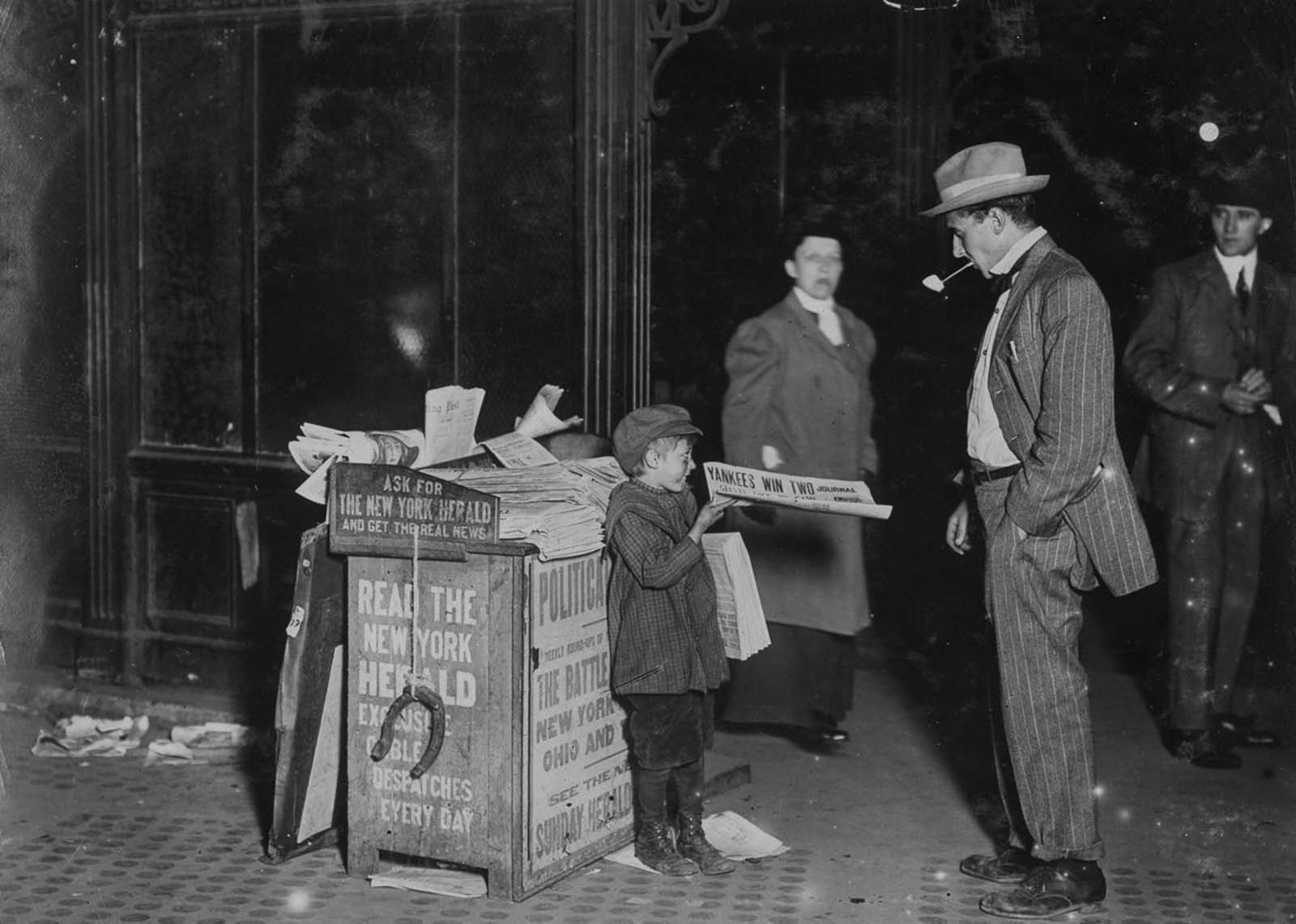
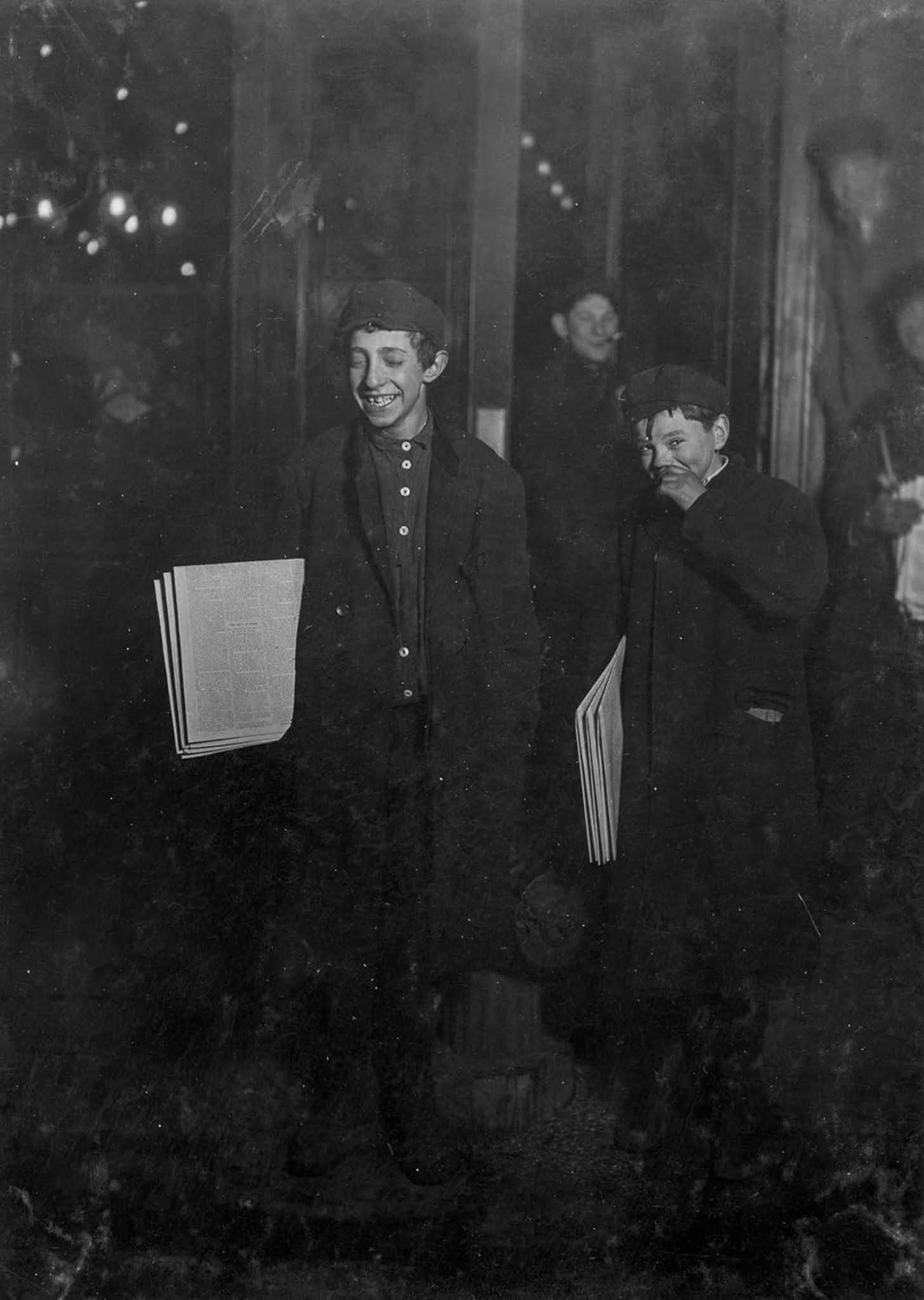
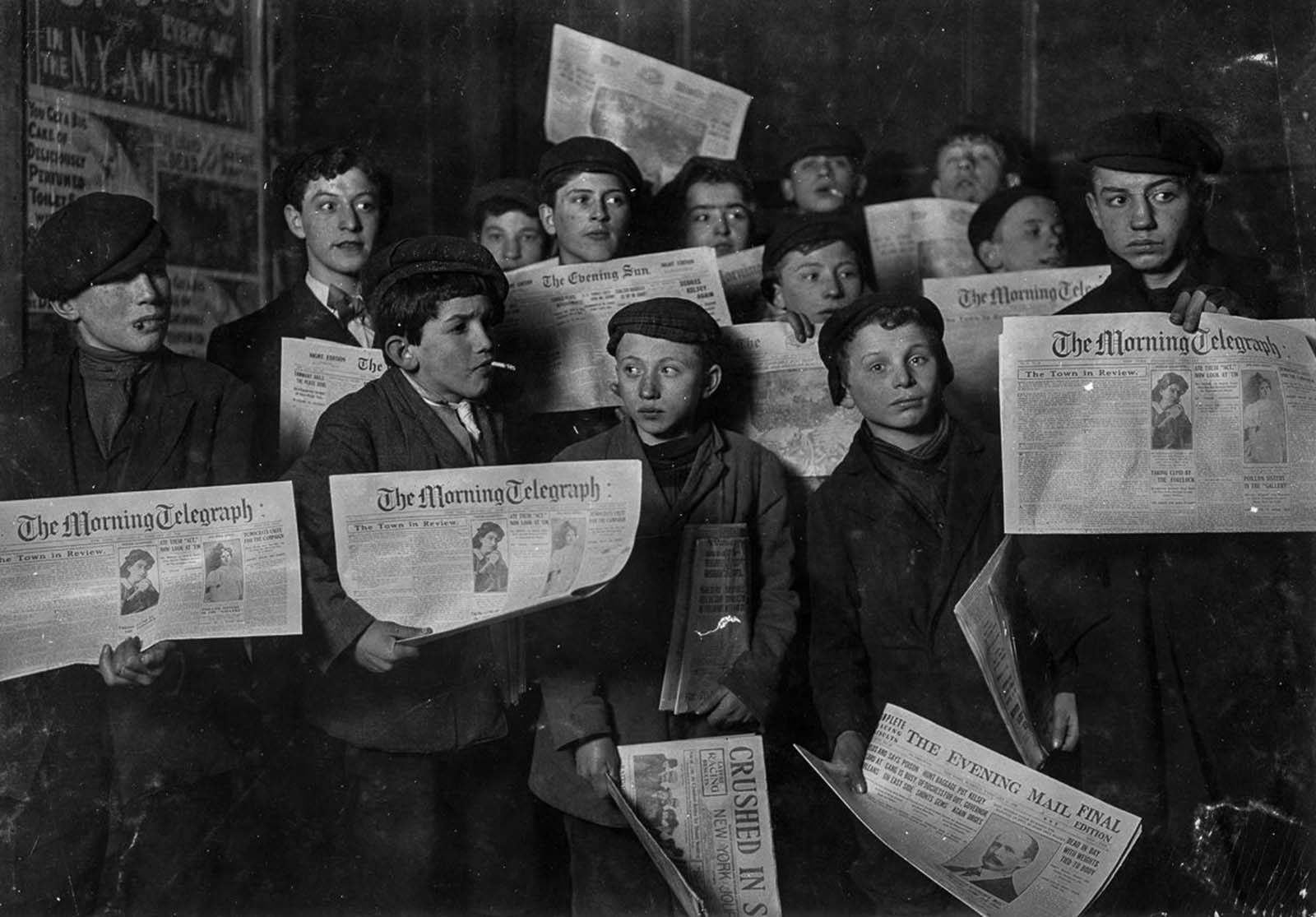
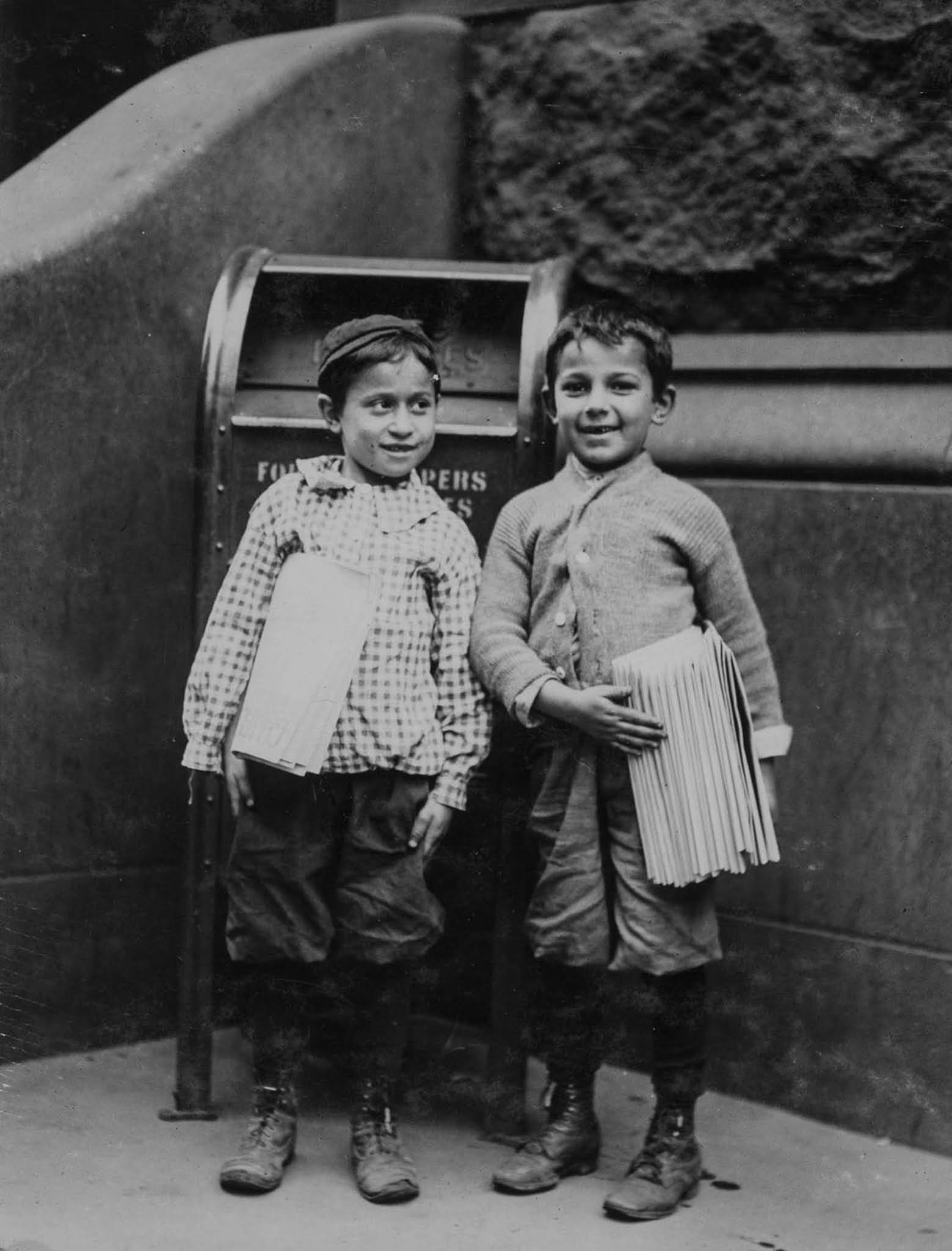
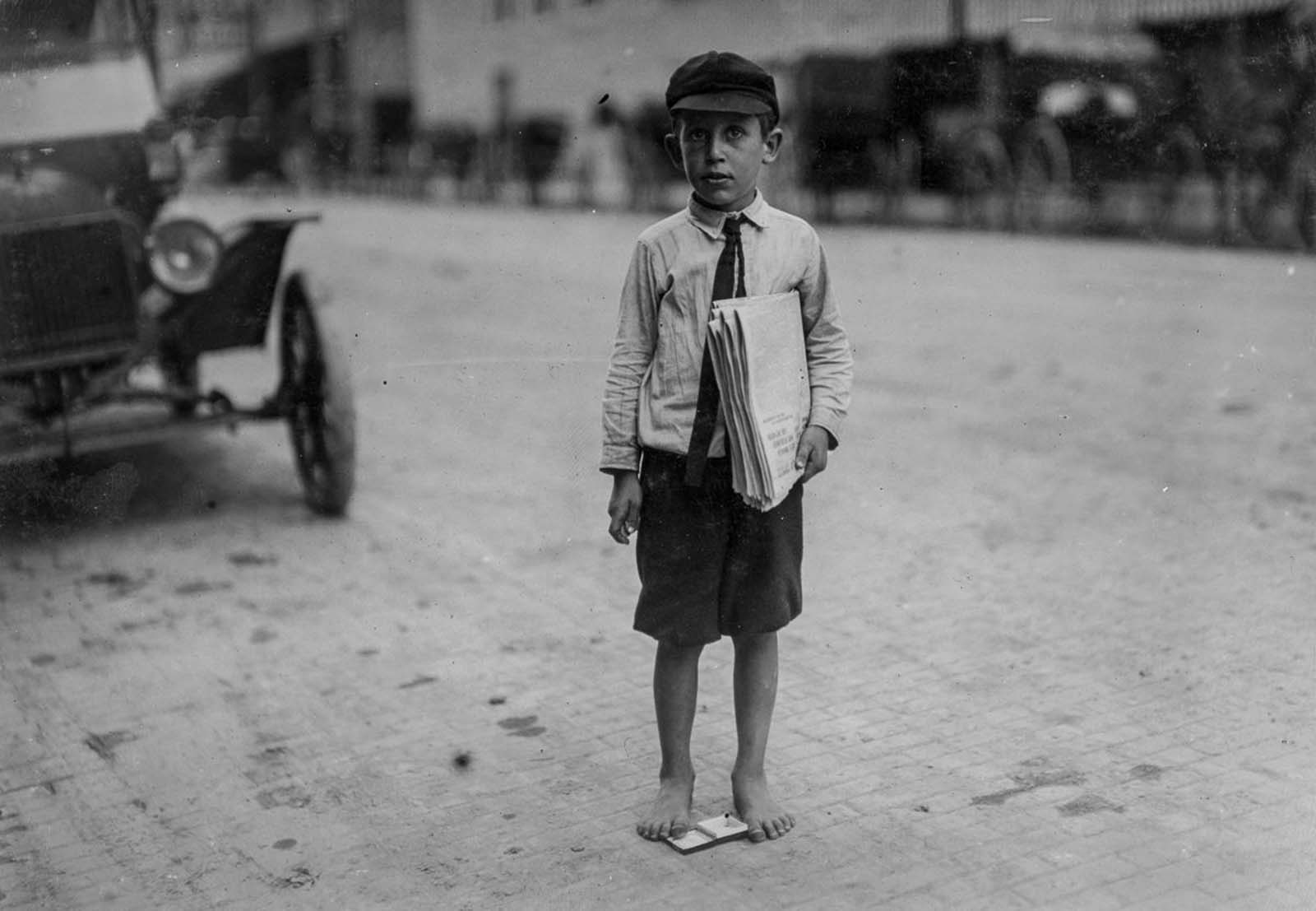
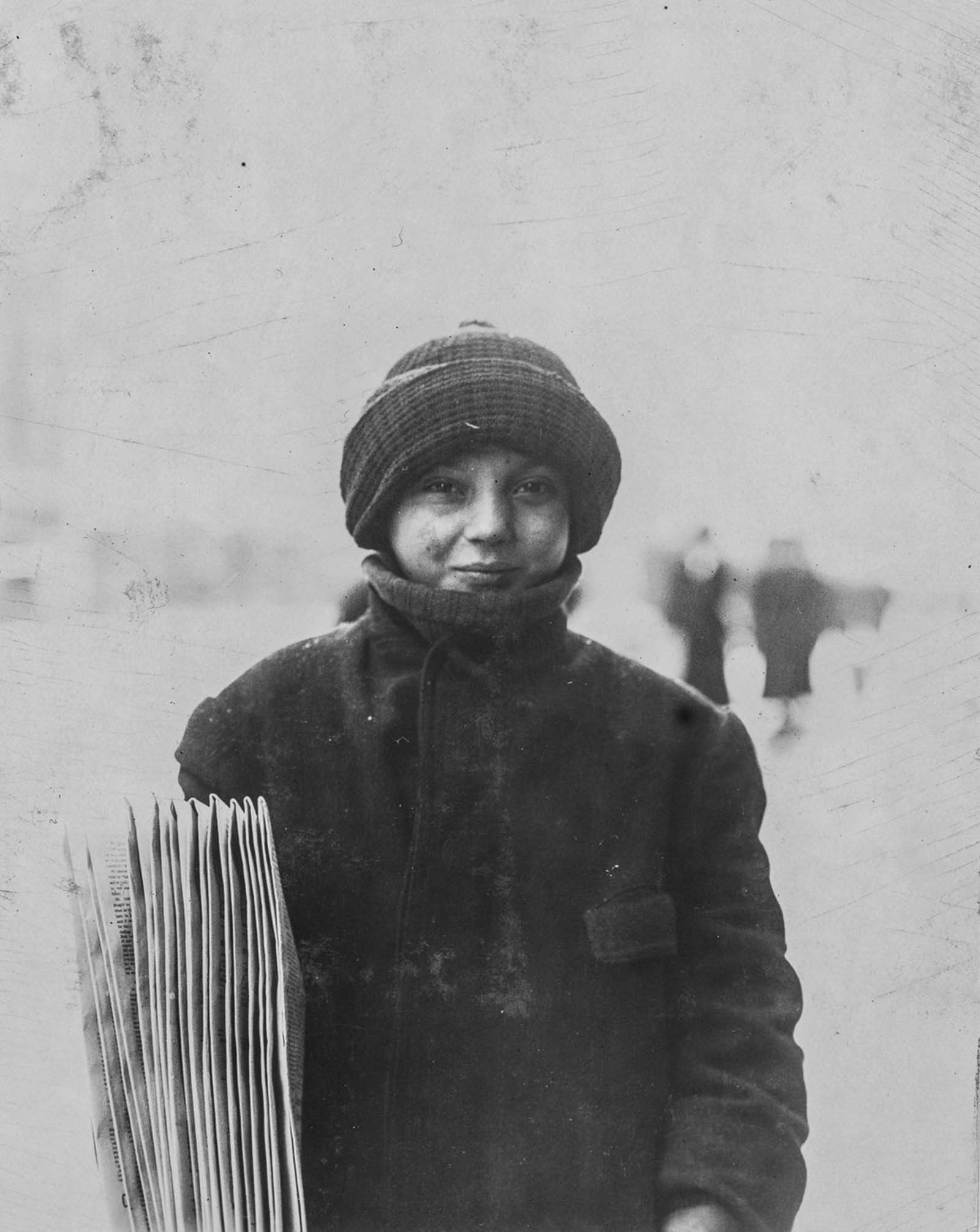


Comments
vote
thank you, food transferred.
تشکر دوست من 🙂
Voted!
Successfully transferred 200 item(s) to B I T E R I.
Wow
Voted + sub 😉
Successfully transferred 200 item(s) to AricaChile.
Thanks, great article
V/s/e
Successfully transferred 200 item(s) to AmirCrowley.
voted
Successfully transferred 200 item(s) to nzhdeh.
voted !
o7
Successfully transferred 200 item(s) to H U L K.
voted!
Successfully transferred 200 item(s) to fight404.
14 vote and 998 subscribe
Successfully transferred 200 item(s) to Saied Bassyouny.
Thanks my friend
Vote
Successfully transferred 200 item(s) to Ralph1973.
Thank you mate!
Vote
Successfully transferred 200 item(s) to CaptainPuncs.
vote o7
Successfully transferred 200 item(s) to Rosa Violet Carson.
Voted
Successfully transferred 200 item(s) to Noel de Never 12.
Vote
Successfully transferred 200 item(s) to Alorio.
Voted 26
Successfully transferred 200 item(s) to Kyubi9tail.
28
Successfully transferred 200 item(s) to Disznokiraly.
There is a movie and broadway musical titled "Newsies", based on real life events of the Newsies 😃
Successfully transferred 200 item(s) to AG.trimafadzi.
https://www.erepublik.com/es/article/25-comm-62-friends-please-2742935
Successfully transferred 200 item(s) to Karaonhe.
Everyday you learn something new!
Successfully transferred 200 item(s) to Balkvolt.
Voted + S
Successfully transferred 200 item(s) to Svarti.